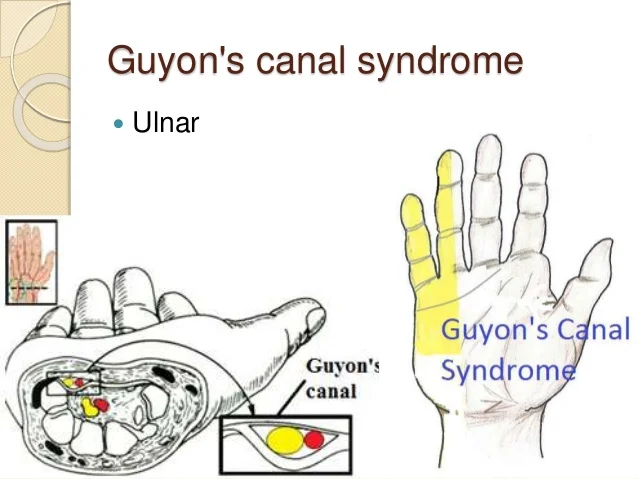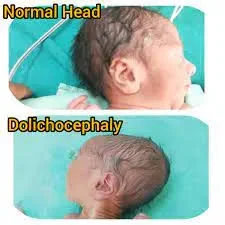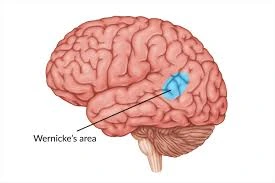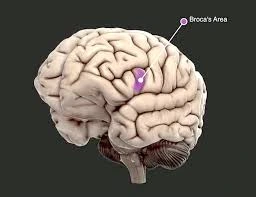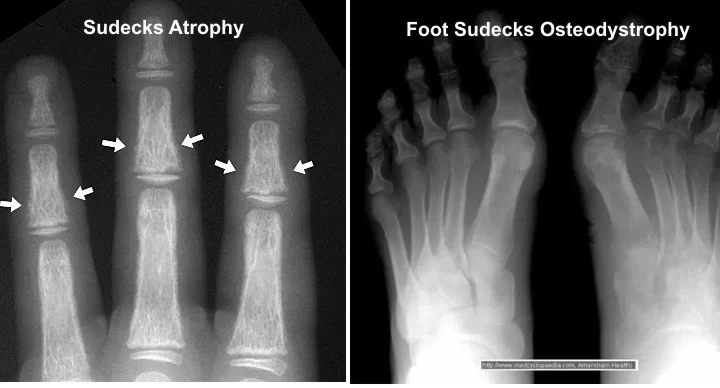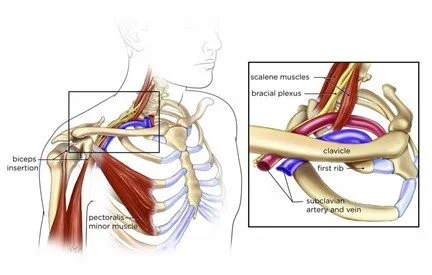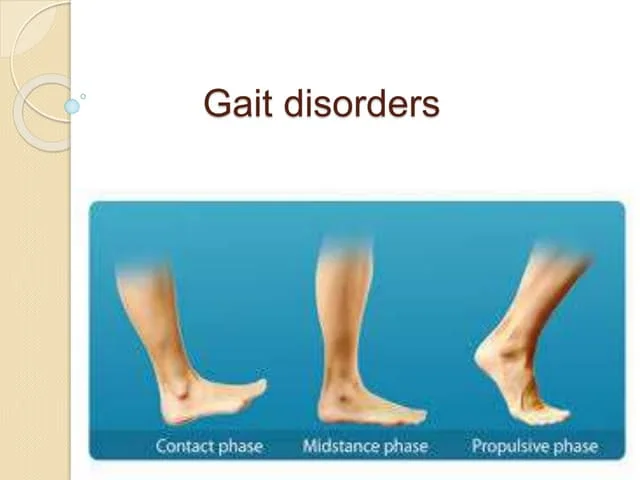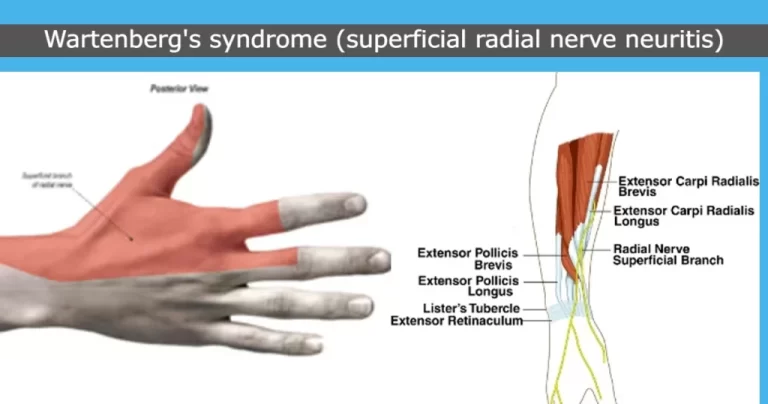Restless Legs Syndrome (RLS)
What is The Restless Legs Syndrome? Restless Legs Syndrome (RLS) is a neurological disorder characterized by an uncontrollable urge to move the legs, often accompanied by uncomfortable sensations like tingling, itching, or aching. Symptoms typically worsen during rest or inactivity, especially in the evening or at night, leading to disrupted sleep. The exact cause is…


